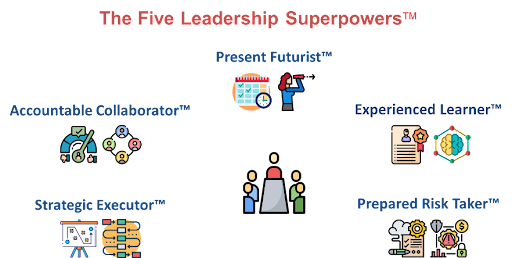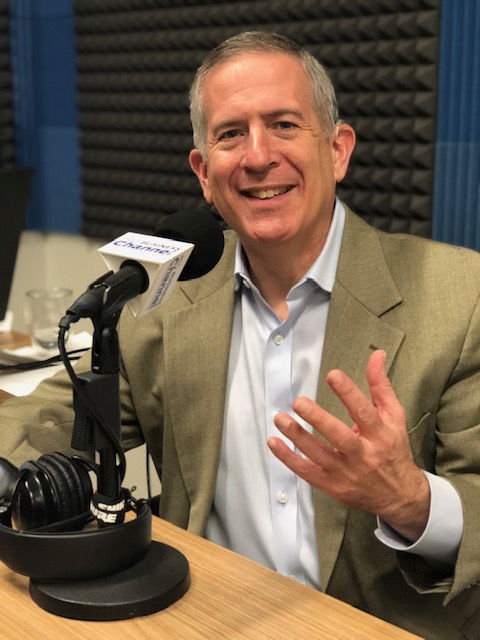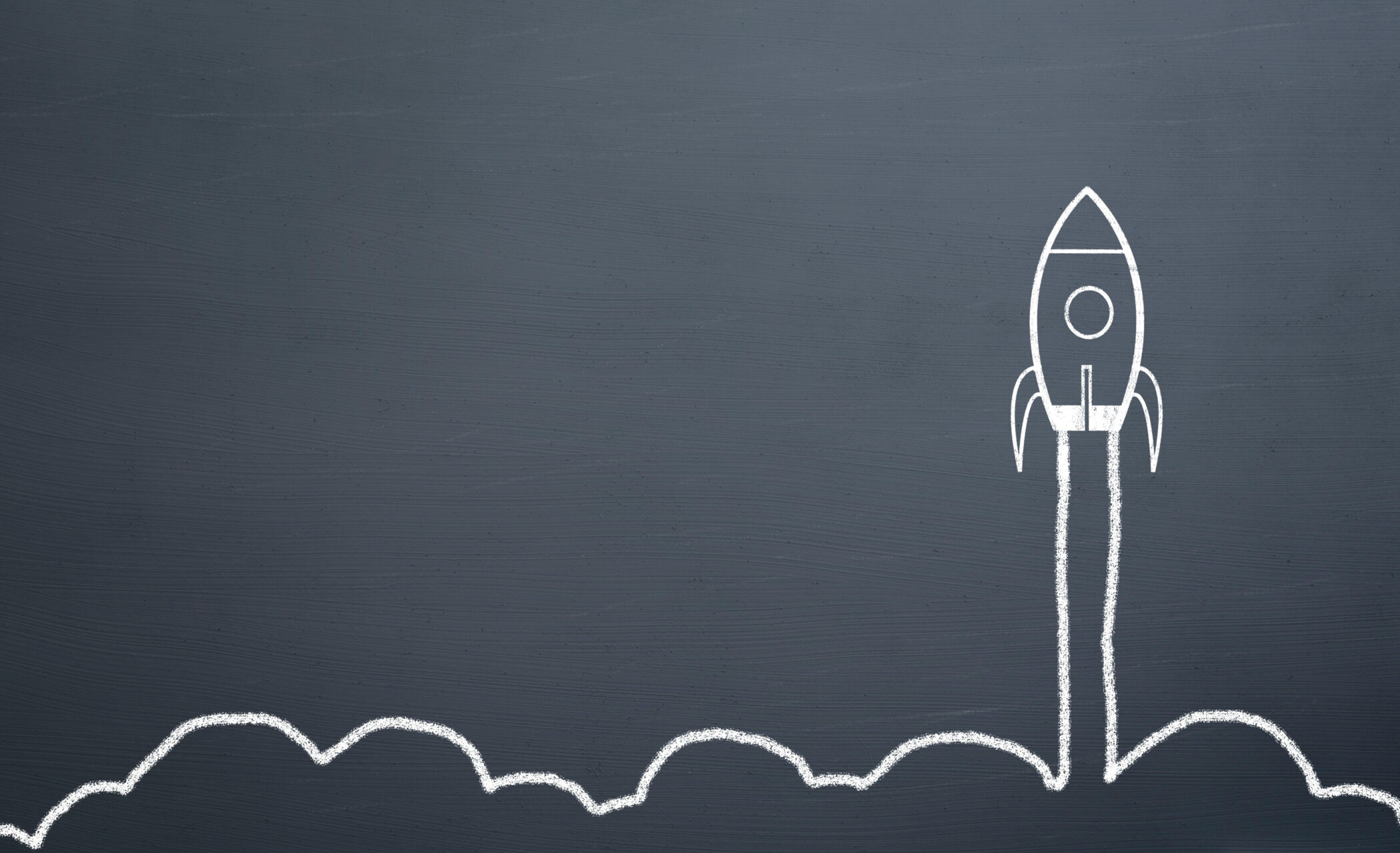Disruptions and crises have a nasty habit of showing up unannounced, catching us off-guard, and very often unprepared. The adverse impact on leaders and their organizations has been amplified by a convergence of crises, disruptions and resulting uncertainty — a period unlike any other in modern times. As if this wasn’t enough, there is no end in sight. We are, without a doubt, in a poly- and perma-crisis world. Leaders and their organizations are struggling across the globe.
“Leadership and learning are indispensable to each other.” – JFK
The challenge
Over the last few years, these conditions have put enormous pressure on organizations, their leaders and their boards of directors. These leaders must shift from merely (or barely) struggling to survive to becoming adept at navigating turbulent environments so they can thrive. Yet, according to some recent leadership surveys, a majority are concerned about their organization’s fitness for the future. Many struggle to cope, let alone lead effectively, eroding confidence and trust in leadership and performance.
While heroic efforts often work in the short term for a crisis, that is an unsustainable and unhealthy approach in a perma- and poly-crisis world. In “Leading Through a Sustained Crisis Requires a Different Approach,” Michaela Kerrisey and Amy Edmondson note that a sustained (vs. sudden) crisis of interconnected problems requires different, and often new, capabilities.
Traditional management and leadership capabilities, often drivers of past success, are inadequate for “whitewater” environments. New capabilities are needed to navigate and thrive in these environments. Becoming fit for the future, prepared, ready, and able to act and adapt, is essential to survive and thrive. It is the only way to break the cycle of being surprised, suffering, and being forced to react.
Future-fit organizations can shift from reacting to thoughtfully responding to the challenges and opportunities. They recover faster and are poised and ready for whatever is next, enabling them to pounce on opportunities earlier and reap more significant rewards. The case for change is compelling.
The solution
The Five Leadership Superpowers,a leadership capability model I developed, guides and enables leaders to effectively navigate an environment characterized by accelerating change, frequent and simultaneous crises and widespread uncertainty.
This model is based on two core principles:
- While leaders cannot choose their circumstances, they always get to decide how to respond. Choosing to be a “captain” over a “captive” is essential. Why? Captains step up, grab the helm, steer through the storm, motivate others and shape their future. Captives hide in the hull and abdicate agency.
- Leaders must see, think and do differently.
- Seeing differently begins with leaders looking at the environment from different stakeholder perspectives, zooming out to see the big picture and zooming in, when necessary, to see the detail.
- Thinking differently starts with leaders being open to challenging past approaches and testing assumptions. They look for better ways to resolve challenges. They experiment, trying different methods and models. Knowing that either/or thinking is not adequate for complex challenges, they adopt both/and thinking to find a better solution.
- Doing differently begins with the realization that doing the same things and expecting different results is the definition of insanity. After seeing and thinking differently, they realize it’s time to act differently by becoming future-fit, prepared, ready and able to compete in turbulent and uncertain environments.
The Five Leadership Superpowers do not replace core management and leadership capabilities. Instead, they augment and improve their effectiveness.
Each of these Superpowers represent a tension leaders must navigate. Instead of seeing each as a binary choice (fixed mindset), each Superpower employs both/and thinking to find a third and better way (growth mindset).

Present Futurist: Recognizes the importance of understanding the current situation and better anticipating the future. Develops a robust perspective of the present by seeing differently, considering factors internal and external to the organization. Envisions the organization’s desired future state. Scans the environment to identify, monitor and evaluate emerging trends and signals. Considers a variety of future scenarios. Synthesizes insights to inform decision-making.
Experienced Learner: Realizes experience and expertise are often insufficient to succeed in a turbulent and uncertain future. Is curious and asks great questions to engage others, hear diverse views and learn. Welcomes constructive debate and encourages others to challenge existing practices and assumptions. Makes it psychologically safe so everyone can engage. Practices lifelong learning and improves learning capabilities. Fosters this throughout the organization.
Prepared Risk Taker: Recognizes calculated risk-taking is essential to compete, seize new opportunities and address emerging challenges. Improves and expands risk awareness. Considers the interconnectedness of risks and the multi-level impacts they can have. Improves organizational preparedness and resilience to leverage, manage and mitigate risks, and support achieving strategic goals. Uses insights gained to enable faster, better, risk-informed decision-making.
Strategic Executor: Translates strategy into action quickly and effectively. Recognizes the inextricable links between strategy and execution. Maintains focus on strategy executions while addressing operational issues. Adapts to address evolving conditions. Realizes that reactive, short-term decision-making can and often does impair future performance. Considers implications before making decisions.
Accountable Collaborator: Collaborates across functions, teams, business units and organizational boundaries to resolve complex challenges and achieve shared objectives. Demonstrates, encourages and enables collaboration. Supports collective accountability for achieving critical outcomes. Does not micro-manage. Allows teams to self-manage and hold each other accountable for fulfilling their roles. Forms and fosters dynamic, fit-for-purpose teams that can supersede the existing organizational structure to achieve objectives and deliver critical outcomes.
The Multiplicative Power of The Five Leadership Superpowers
Each Superpower supports and informs the others. While each has distinct benefits, they are far more impactful together. They help organizations see things sooner and act faster. This increases the organization’s ability to withstand shocks and recover quickly, dampening downside risk and amplifying upside return, as the organization is now positioned to pounce on opportunities before others.
Knowing this, the executive leadership team and other leadership teams should strive to have all five Superpowers on their teams to reduce/prevent blind spots. Individual leaders should strive to become proficient in one to three Superpowers and appreciate the value of others. Doing so can shift the trajectory of future performance and increase value creation for all stakeholders. There is a clear, convincing case for action.
Who is responsible for building a Superpowered organization? The executive team and the CLO
As Harry Truman said, “The buck stops here.”
The executive leadership team is collectively responsible and accountable for becoming future fit and guiding and enabling the same for the organization. The executive leadership team’s total commitment, deliberate actions and follow-through are essential. Without it, change will be difficult, if not impossible.
The CLO has two critical and integrated roles to fill:
- As a member of the leadership team, participates in and guides efforts to become a high-performing, future-fit team. Visibly models desired behaviors and actively supports efforts to guide and enable all organizational leaders to do the same.
- As CLO, leads and oversees the learning and development function. Guides, supports, monitors and tracks the impacts of efforts to develop fit for the future leaders, leadership teams and organization.
A high-performing CLO catalyzes the leadership team and organization to act and become future fit. They become a champion for this effort, keeping it moving forward and ensuring its sustainability with the rest of the leadership team. In this capacity, the CLO becomes a game changer for the organization.
5 steps to start building a Superpowered executive leadership team
- Build the case for change: The team discusses and documents the challenges and risks it faces. They identify and discuss the investments needed to become future fit and the expected benefits and compare this to the costs and risks of maintaining the status quo. This information builds a compelling case for change to share with and explain to the organization and the board.
- Educate: Brief the team on The Five Leadership Superpowers, explaining each individually and why collectively they are needed.
- Assess future readiness: Conduct a leader and leadership team assessment of future readiness.
- Conduct executive leadership team workshops: Provide additional education, review and discuss the assessment results in the context of the organization’s strategy, operations and current/expected environment. Identify, evaluate, and prioritize areas for improvement, capability gaps and resource constraints. Design a high-level roadmap to the future.
- Kick off the effort and begin implementing the plan. Revisit monthly to review progress, capture and celebrate wins and make course corrections.
While the CLO could guide and facilitate this effort, outside guidance and facilitation are recommended to allow the CLO to participate, ensure candid discussions and that all voices are heard.
This initial phase aims to develop a cadre of prepared executives who will advocate for and actively model and apply the Superpowers. Doing so creates the momentum needed to power the rollout.
Building a Superpowered organization
As the initial phase occurs, it is time to prepare for the next step so it can be rolled out to the next leadership level. The CLO and L&D team should start developing a replicable program building on the experience of Phase 1, then pilot and refine it and start rolling it out. Executive leadership team members should kick off and actively support each cohort by sometimes participating (as an equal) in key sessions to stay abreast of progress and emerging issues.
Key steps recommended to support and sustain this transformation should include such things as:
- Developing and providing a structured program kit, including a core slide deck, a facilitator guide and tools/templates to serve as job aids to guide and reinforce practices.
- Training facilitators to guide initial sessions and serve as coaches throughout the transformation.
- Preparing and equipping change leaders to act as catalysts, coaches, and advocates for the effort. Deliver critical messages, troubleshoot any stakeholder issues, provide updates, share wins and recognize breakthroughs and exceptional leaders.
- Incorporating the Five Leadership Superpowers into talent development and management, including succession planning, leadership development, and performance management.
Remember, these are only some of the steps to build and sustain a future-fit organization.
Final thoughts
Preparing for the future is neither rocket science nor a new idea. That does not mean it is easy; many would be in better situations if it were. Becoming and staying future-fit requires sustained attention, investment, and vigilance. We can no longer solely focus on short-term results, like efficiency and productivity, at the expense of overall preparedness and resilience. We have witnessed the high cost and risks that result.
Giving future-fitness little or no attention in whitewater environments is akin to Russian Roulette. The odds are not in your favor. When something happens, the impact is certain and adverse.
Start today. Your future depends on it.















